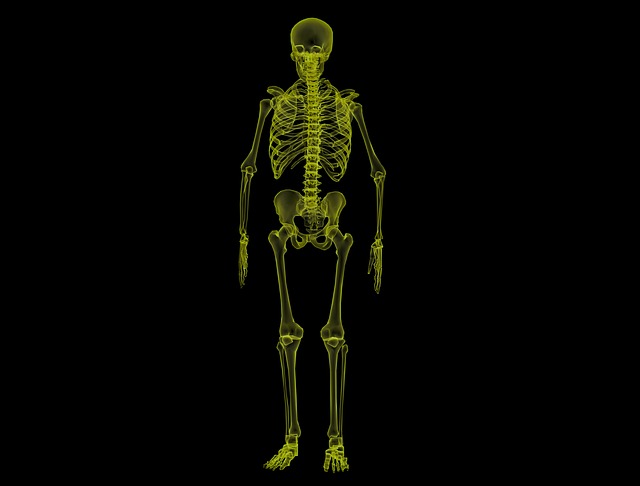Archive for April 2021
Why does Decompression Feel so Good?
Your spine is always under pressure
Our spines are constantly under pressure: from the force of gravity to the added compression we do to ourselves with things like poor posture, there is rarely a second when your spine gets a break. Unless you plan to live in space (which comes with its own set of problems), or become fully aquatic, there is little we can do to escape the pressures of gravity.
Focus on Fascia: Decoding the Mystery of this Protective Layer of Tissue
Healthy fascia, healthy human
Get to know your fascia, the layer of tissue that covers our muscles and extends from head to toe. But what is the purpose of this mysterious thin layer that literally covers the entirety of your body without interruption? Primarily made of collagen, the fascia’s main purpose is to attach and stabilize the muscles of your body while encasing and separating vital organs. Because it is thin and tensile, it is quite vulnerable to injury which causes it to tighten and contract and this can be truly painful.
Myofascial pain is not your friend
When the fascia is injured, a primary layer of defense is temporarily stymied: this can pressurize nerves, muscles and organs. And because of its interconnectivity, the pain doesn’t necessarily stop at the point of injury. The acute point where injury occurs may be where most pain is experienced, but myofascial pain is referred pain: it can pop up seemingly wherever.
Treating myofascial pain
Myofascial pain is undetectable using medical scanning techniques such as x-ray and MRI. Instead, it is most often determined by detecting trigger points in the muscle. We use manual modalities including:
- Myofascial release
- Active release
- Trigger point therapy
- Electrical stimulation
- Ultrasound
- Heat and ice
These treatments relax your muscles and improve circulation that improves the quantities of oxygen and nutrients that reach the injury. If you are suffering from fascial pain, or suspect that you might be, give our office a call to schedule an appointment today.
Lumbar Pressure as Determined by Posture
Your spine is always under pressure
Whether you like it or not, the most common positions we adopt during a given day are putting a disproportionate amount of pressure on our spines, and our lumbar vertebrae is where this pressure accumulates! Here are some statistics as measured by the pressure sustained by a lumbar intervertebral disc:
- Low pressure: lying on your back: ~25kg of pressure
- Medium pressure: standing upright: ~100kg of pressure
- High pressure: sitting: ~125kg of pressure
Sitting and standing are made worse by leaning forward and bearing weight, while forward head posture magnifies the pressure of the head on the spinal column by up to 10X for every inch it is held forward. So if there is one thing we can start doing for our spines right away, it is being aware!
The Two Main Causes of Lower Back Pain
Lower back pain is among the most prolific and life-changing conditions of our time
It can be broken down into two constituent categories:
- Mechanical low back pain refers to pain related to the dysfunction of the moving parts of the spine, i.e. facet joints, intervertebral discs, ligaments, and muscles.
- Compressive pain refers to pain that is caused when nerves exiting the spinal cord are put under pressure.
Chiropractic is a conservative method of treatment that shows great efficacy in improving the symptoms of both conditions.
Chiropractic for mechanical and compressive low back pain
- For mechanical low back pain, chiropractic adjustment seeks to address symptoms through mobilization of the spinal joints. Through low-intensity, high-frequency adjustments to the affected region, we restore proper alignment and effect great improvement on the symptoms of mechanical low back pain.
- For compressive back pain, we use decompression modalities to provide spinal elongation. By gently stretching the spine and providing manual adjustments to the affected region, we restore spinal alignment and allow for the retraction of bulging disc material which is often impinging on spinal nerves.
Chiropractic is a conservative form of treatment that seeks to correct the root of the problem with natural methods. While this doesn’t work for everyone, it is recommended that most cases of non-specific back pain be treated by conservative methods before moving on to more invasive methods such as spinal surgery.
Low back pain relief
If you are looking to address spinal pain, whether it be mechanical or compressive in nature, give our office a call to schedule an appointment today. We are back pain specialists who will determine the cause of your spinal dysfunction before setting a course for treatment that combines a multitude of natural modalities to effect great improvements in your symptoms.



